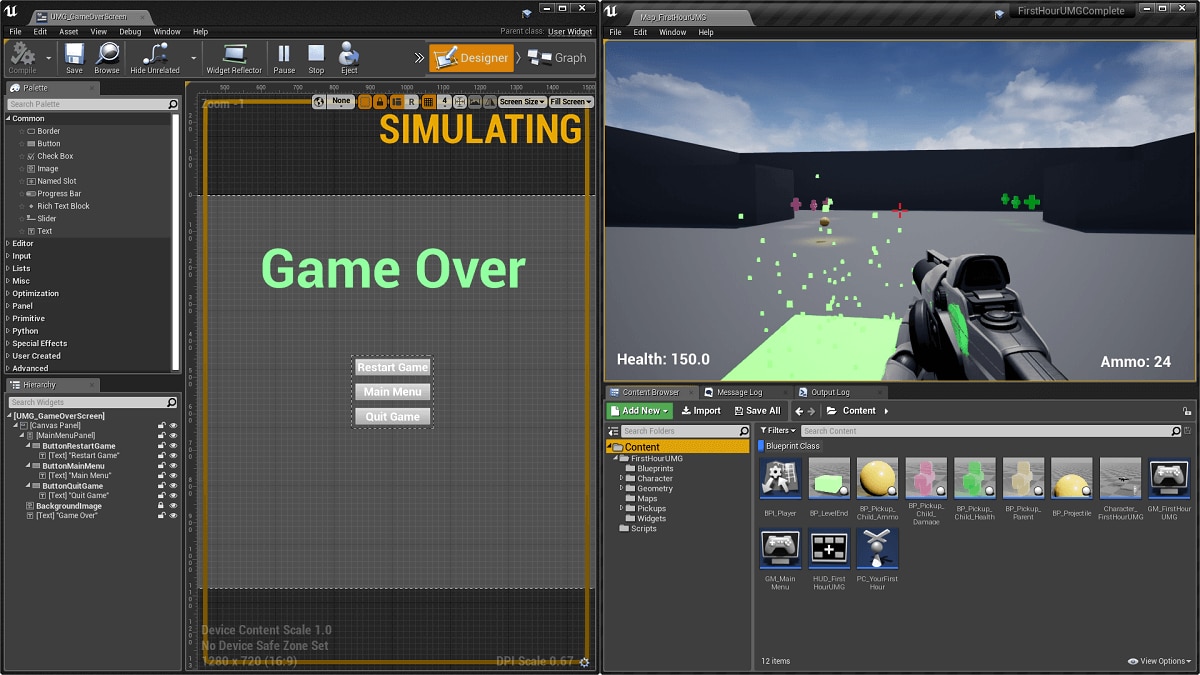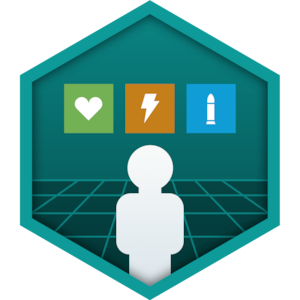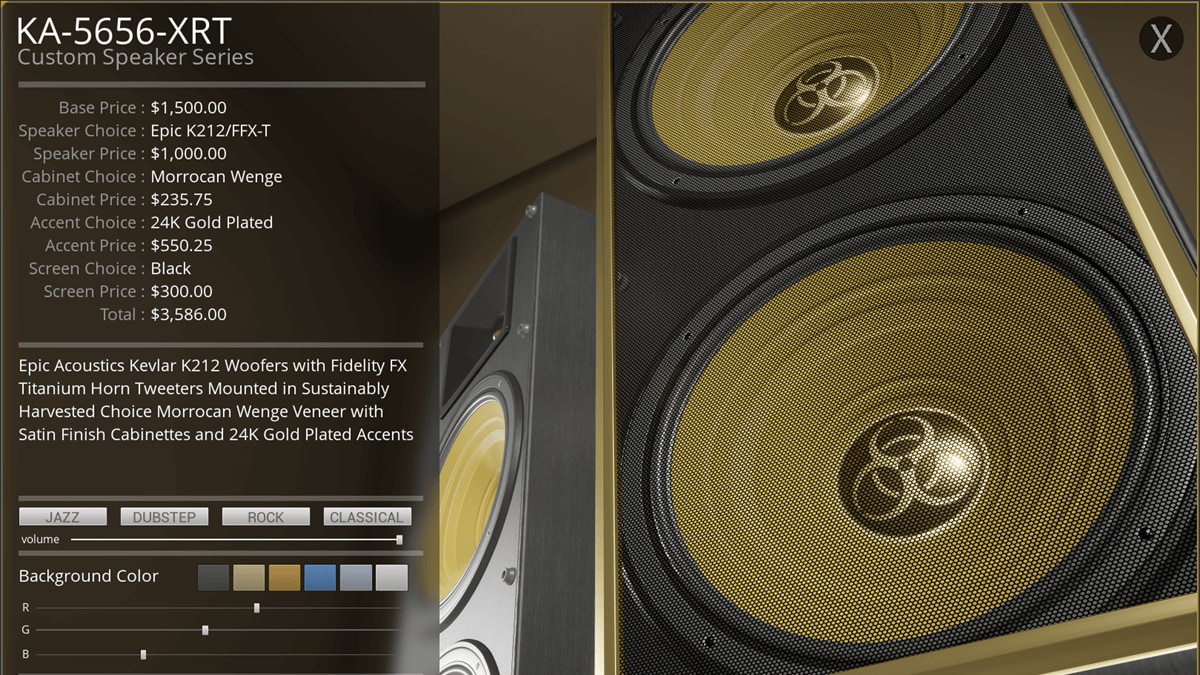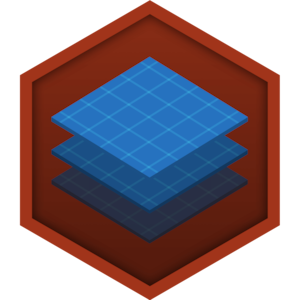Choose your operating system:
Windows
macOS
Linux
One of the most useful aspects inside UMG is the ability to bind properties of your Widgets to Functions or Properties inside the Blueprint. By binding a property to a Function or Property Variable in your Blueprint, anytime that Function is called or Property is updated, it will be reflected in the Widget.
Function Binding
Say for instance you had a Progress Bar Widget and you wanted to update it to reflect a player's health at all times. Under Appearance for the Progress Bar you will notice a Percent option with the option to Bind the Percent value to a Function or Property (illustrated below in the yellow box).

After clicking the Bind Button and selecting the Creating Binding option, a new Function will be created and open up.

The Return Value is tied to the Percent's Value, so you can plug in a value to feed your Progress Bar data.

Above, the Function gets a variable called Player Health from inside our Character Blueprint. Anytime the Player Health variable is updated, it is automatically passed to and reflected as the Percent Value on the Progress Bar.
Property Binding
Property Binding consists of specifying a Property Variable that is bound to a Widget's property. When the Property Variable is updated, the setting that is bound to it is automatically updated and reflected in the Widget.
An example of binding a Property Variable for a Button is illustrated below.

In the image above, we have three Buttons for a Main Menu: Continue , Start , and Quit and we want Continue to only be enabled if the player has a Save Game. Under the Behavior section for the Continue Button, you can un-check IsEnabled (so the Button is not enabled by default) and then click the Bind Button.

On the Graph tab for this Widget Blueprint, you could then create a Boolean variable and once it has been created, can assign it via the Bind Button (below we have created a Boolean called DoesSaveExist? ).

With this variable bound to the IsEnabled Behavior, you could then set this whenever your game is started by checking if a save file is present and if so, Casting to this Widget Blueprint to access and set the DoesSaveExist variable to True which would then enable the Button.
If you bind a property of a Widget and then directly call the Set function on that Widget, it will break the binding.





